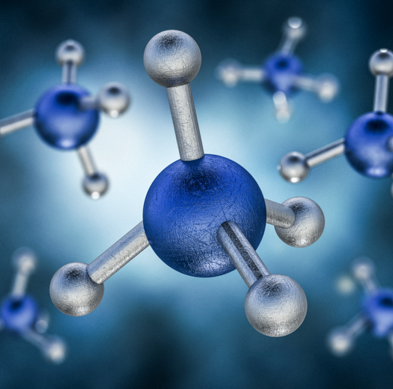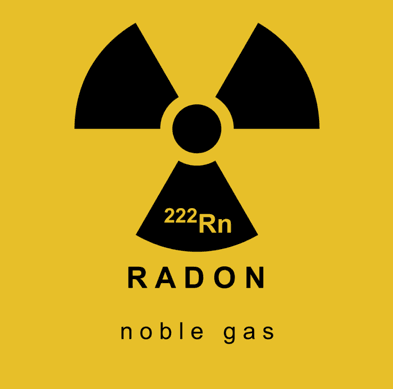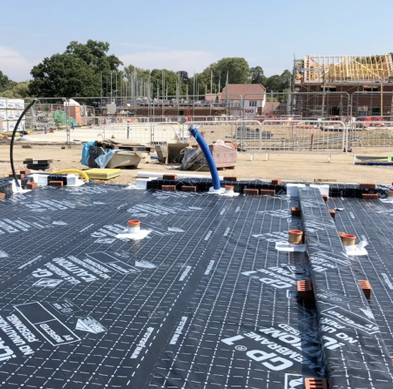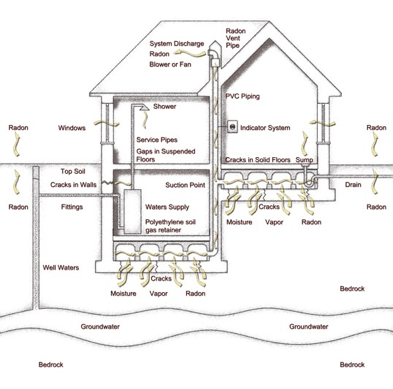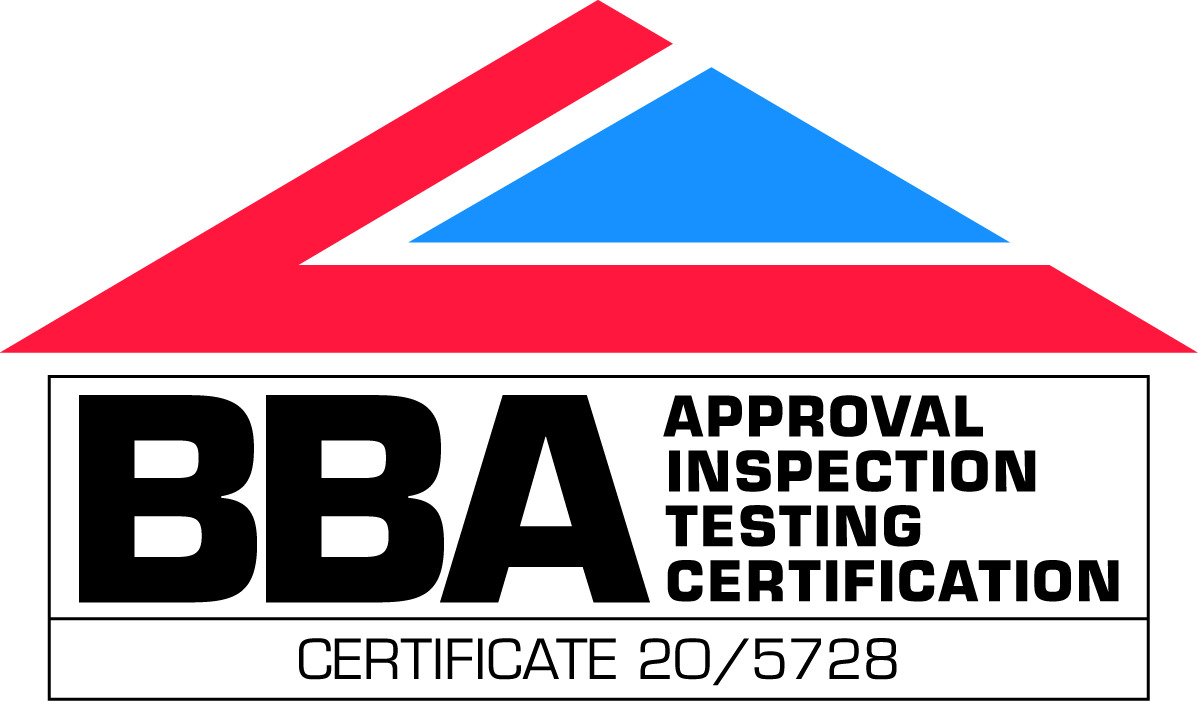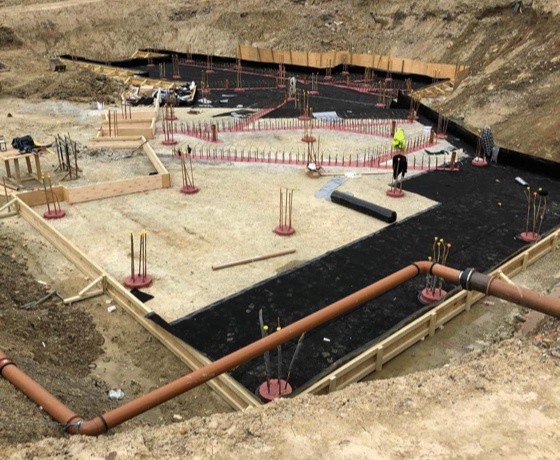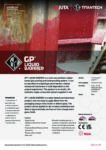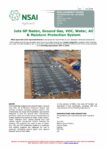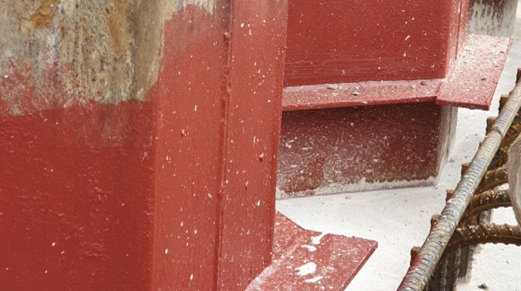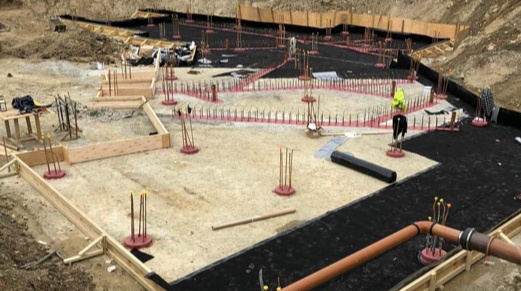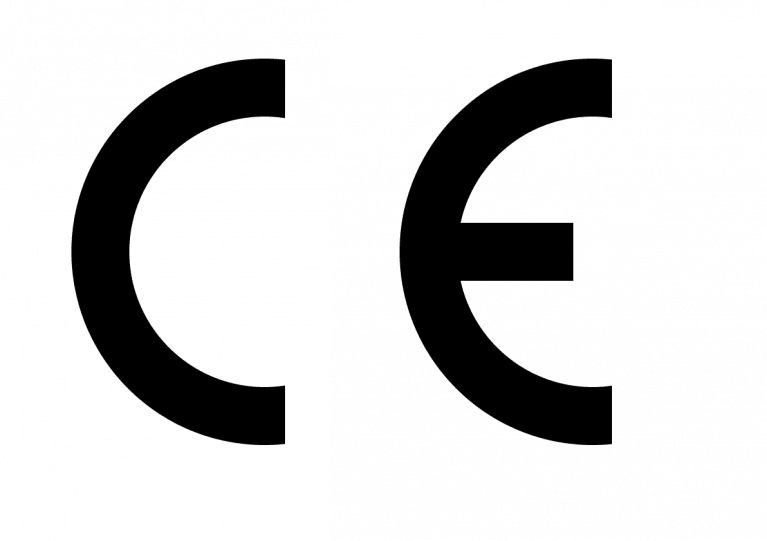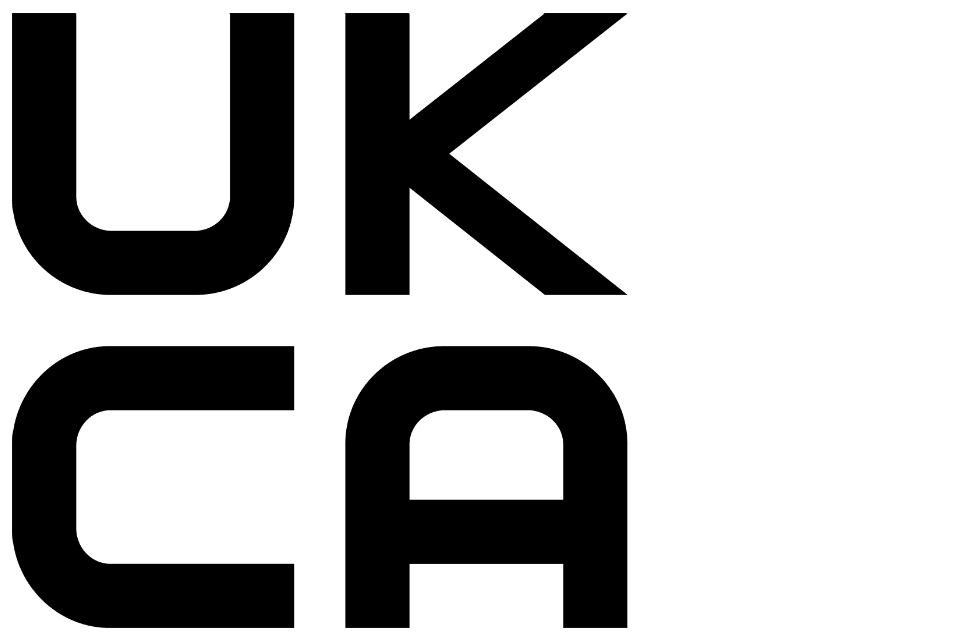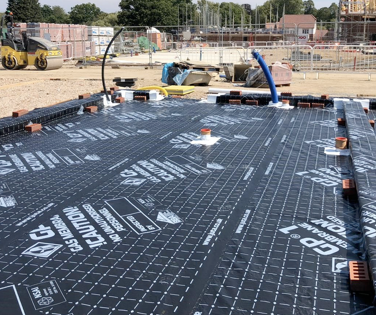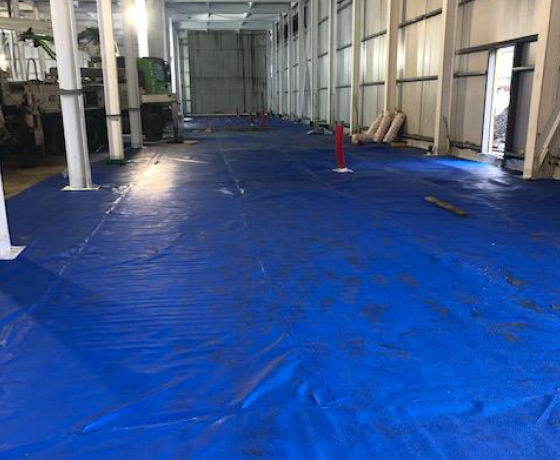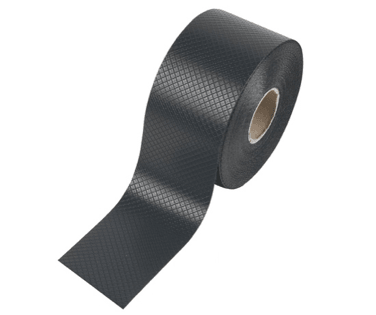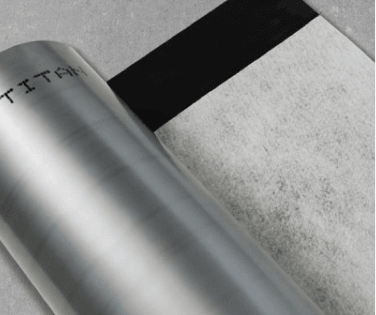All surfaces should be smooth, clean, dry, sound and free from frost, oil, grease, condensation and other contamination. Remove any organic growth with a fungicidal wash as may be necessary.
Non-structural cracks, less than 0.5mm, must be filled. Structural cracks must be first repaired and filled. Fill holes and re-point flush to the finish using a cementitious repair mortar.
Newly laid concrete should have a clean textured surface, internal angles should be filleted with a 45° fillet using a suitable cementitious mortar.
For expansion joints, ensure that the product is applied well into the rebate before the expansion media is applied. Other gas membranes must be exposed and lapped with where present.
The minimum ambient temperature for application is 5°C, it is not recommended to apply the product at temperatures below this as specified drying times will not be achieved.
No priming is necessary with this product. To assure that the product fully wets out the substrate the surface may be dampened. There should not be any standing water or soaking.
Product is recommended to be brush, roller or airless spray applied, avoid pouring directly onto a horizontal surface. This may cause puddling during application and increase drying time. Stir the product well for 2 minutes before use.
Should the product require thinning, it is recommended to thin 5% by volume of water initially and evaluate the resulting viscosity. The product should not need to be thinned in normal conditions of storage and use.
Coverage:
For a dry film thickness of 0.6mm then apply at 0.85kg/m2 per coat (1.7kg/m2 per 2-coat system). For the application of a dry film thickness of >0.3mm in a single coat it is recommended that the membrane is applied by airless spray. Using airless spray, a single application dry coat thickness up to 1mm may be attained.
The product can be applied as a single coat in certain applications but two coats is universally recommended. Recommended coating thickness is 300µm (0.3mm) per coat and 600µm (0.6mm) for the overall membrane thickness for best performance. Thicker applied coatings will require greater drying time. Performance is improved where the second coat is applied at right angles to the first but it is not essential to do so. Leave 90 -120 minutes before overcoating with the second coat, a touch dry test on the first coat will indicate readiness. It is recommended that the second coat is applied within 24 hours of the first coat. Full cure of the membrane is 48 hours after the second coat application.
Concrete roofing applications:
Blistering may occur if application is not undertaken as recommended. Blistering results from heat from the sun causing a vapour pressure build below the membrane. This is more likely to occur if the concrete surface is wet so it is recommended for this particular application that the substrate is dry. Ensuring a good bond to the substrate is essential; vigorously brush the first coat into the concrete using a stiff bristled broom. So far as possible avoid application of the membrane on a day with strong, direct sunlight (overcast but dry is ideal). To enhance bonding it may be necessary to prime the roof with a slurry of screeding latex and cement if the original surface condition is poor.
CONSIDERATIONS
It is always advisable to check product compatibility and adhesion by testing on a sample area before starting any sizeable project.
Do not apply if rain is forecast before product can fully dry.
Exercise caution on coating thickness, exceeding recommended coverage rates increases probability of cracking and splitting.
Do not apply this product over bituminous surfaces.
Spray: For further application information please consult the Technical Department.
For cleaning tools use water immediately after use.
REGULATORY
All components are REACH (Reg. (EC) No 1907/2006) registered. The product does not contain any Substances of Very High Concern (SVHC).
When designing Type A structures (as classified in BS 8102: 2009), the product, applied correctly, is capable of providing the levels of protection required for Grades 1, 2 & 3 basements.
TOXICITY AND SAFETY
Product is not classified as hazardous according to the CLP Regulation (Reg. (EC) No 1272/2008). Refer to the Product Safety Data Sheet for specific information.
